Bloomerang® Dwarf Purple
![]()
The optimum amount of sun or shade each plant needs to thrive:
Full Sun (6+ hours), Part Sun (4-6 hours), Full Shade (up to 4 hours).
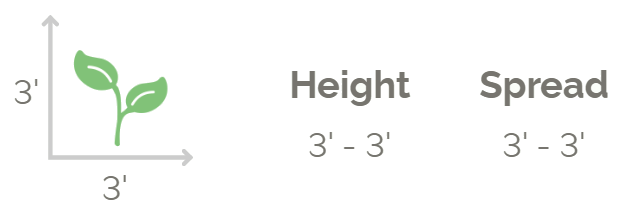
Description
[cs_content][cs_element_section _id=”1″ ][cs_element_layout_row _id=”2″ ][cs_element_layout_column _id=”3″ ][cs_element_text _id=”4″ ][cs_content_seo]All the punch of a lilac in a small package!
For anyone who wants the fragrant beauty of lilacs but doesn’t have a lot of room to spare, the Bloomerang Dwarf Purple is a perfect choice. At a compact 30-36 inches, these small, rounded shrubs are ideal for lining a walkway, growing underneath a window, or even as a low hedge. The vibrant purple flowers bloom in late spring and then rebloom throughout summer and fall. It requires full sun and needs a cold period to restock its blooms, so it doesn’t do well in southern climates but will thrive almost everywhere else.
Here are three great reasons to grow Bloomerang Dwarf Purple:
Small footprint, just a third the size of traditional lilacs, for easy planting anywhere.
Fragrant purple flowers bloom from spring through fall.
Hardy and vigorous, it is both disease and deer-resistant.
CHARACTERISTICS
Plant Type: Shrub
Shrub Type: Deciduous
Height Category: Short
Garden Height: 30 – 36 Inches
Spacing: 30 – 36 Inches
Spread: 30 – 36 Inches
Flower Colors: Purple
Flower Shade: Purple
Foliage Colors: Green
Foliage Shade: Green
Habit: Upright
Container Role: Filler
\n\n[/cs_content_seo][/cs_element_layout_column][/cs_element_layout_row][/cs_element_section][cs_element_section _id=”5″ ][cs_element_layout_row _id=”6″ ][cs_element_layout_column _id=”7″ ][cs_element_accordion _id=”8″ ][cs_element_accordion_item _id=”9″ ][cs_content_seo]Plant Needs\n\n
Light Requirement: Sun
Maintenance Category: Easy
Blooms On: New Wood | Old Wood
Bloom Time: Summer through Fall | Late Spring
Hardiness Zones:
3a, 3b, 4a, 4b, 5a, 5b, 6a, 6b, 7a, 7b
Water Category: Average
Needs Good Drainage
Soil Fertility Requirement: Average Soil
Soil PH Category: Alkaline Soil
Uses: Border Plant| Container | Cut Flower | Good for Screening | Landscape | Mass Planting | Specimen or Focal Point
\n\n[/cs_content_seo][cs_element_accordion_item _id=”10″ ][cs_content_seo]Details\n\n
Uses Notes:
A dwarf lilac like Bloomerang Dwarf Purple offers a lot of versatility in the landscape. Plant it lining a walkway, under windows, as a low hedge, or anywhere you want color and fragrance with minimal care.
Maintenance Notes:
Plant only in full sun and well-drained soil; lilacs cannot tolerate soggy, wet conditions.
The rebloom of Bloomerang lilac occurs on the new growth the plant creates after its spring bloom. For the best rebloom, it’s vital that the plant grows vigorously during late spring and early summer. Do this by keeping it well-watered and mulched and in plenty of sun (six hours a day at least). If you wish to fertilize it, you may do so in early spring, once the ground has thawed, and again in late spring, after it blooms.
If you want to prune Bloomerang lilac, do so immediately after its spring bloom. Never cut it back in fall, winter, or early spring – doing so will remove the spring flower buds. It is not necessary to prune Bloomerang lilac in order for it to rebloom. However, giving it a light trim after blooming does remove the developing seed heads (they look like green bananas, and some people don’t care for the way they look on the plant), providing a neater look, and encourages more new growth for reblooming. Trimming after blooming will delay the rebloom by a few weeks compared to an untrimmed Bloomerang lilac.
Like nearly all lilacs, Bloomerang lilac actually requires a period of cold weather in order to bloom well. This is why lilacs are not typically suited to warmer climates. However, they are very, very cold tolerant and thrive in climates as cold as USDA zone 3.
Fun Facts:
The botanical name of lilac, Syringa (suh-RIN-gah), is from the Greek word syrinx, which means tube. This is because the stems of lilac contain a spongy pith which can be removed, leaving a hollow tube that has traditionally been used to create pan-pipes.
Bloomerang® Dwarf Purple Syringa x ‘SMNJRPU’ USPP 29,831, Can PBRAF
\n\n[/cs_content_seo][/cs_element_accordion][cs_element_accordion _id=”11″ ][/cs_element_accordion][/cs_element_layout_column][/cs_element_layout_row][/cs_element_section][cs_element_section _id=”12″ ][cs_element_layout_row _id=”13″ ][cs_element_layout_column _id=”14″ ][cs_element_text _id=”15″ ][cs_content_seo]This plant is hardy in zones 3 – 7
\n\n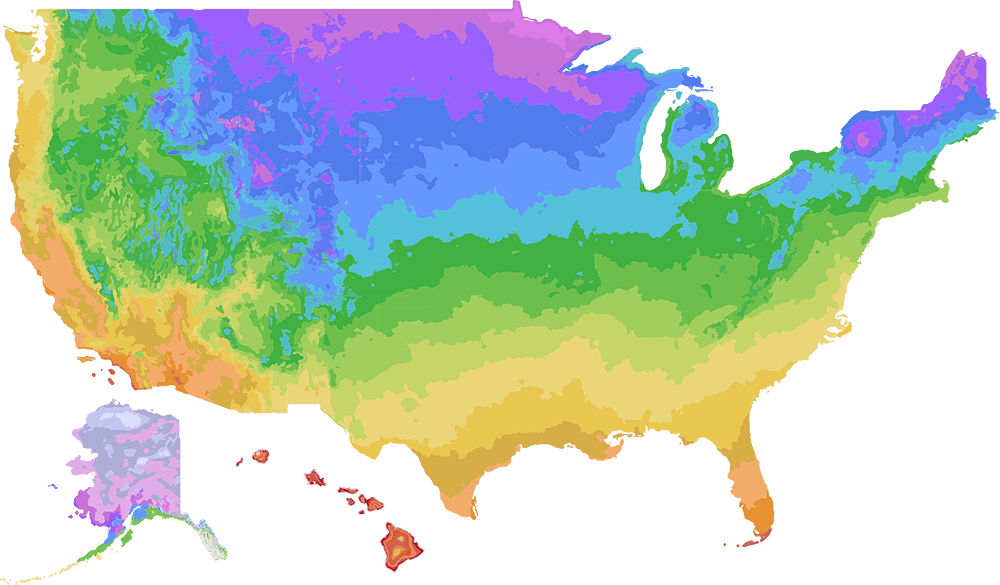 [/cs_content_seo][/cs_element_layout_column][cs_element_layout_column _id=”16″ ][cs_element_text _id=”17″ ][cs_content_seo]Zones are based on the lowest average temperature an area is expected to receive during the winter. They are used to determine whether a plant is likely to be perennial in your area. If your zone is equal to or higher than the zone listed for the plant, it will be hardy for you and thrive in your climate.
[/cs_content_seo][/cs_element_layout_column][cs_element_layout_column _id=”16″ ][cs_element_text _id=”17″ ][cs_content_seo]Zones are based on the lowest average temperature an area is expected to receive during the winter. They are used to determine whether a plant is likely to be perennial in your area. If your zone is equal to or higher than the zone listed for the plant, it will be hardy for you and thrive in your climate.
\n\n [/cs_content_seo][/cs_element_layout_column][/cs_element_layout_row][/cs_element_section][/cs_content]
[/cs_content_seo][/cs_element_layout_column][/cs_element_layout_row][/cs_element_section][/cs_content]
Additional information
| Flower Season | Spring, Summer, Fall |
|---|---|
| Exposure | Sun |
You must be logged in to post a review.

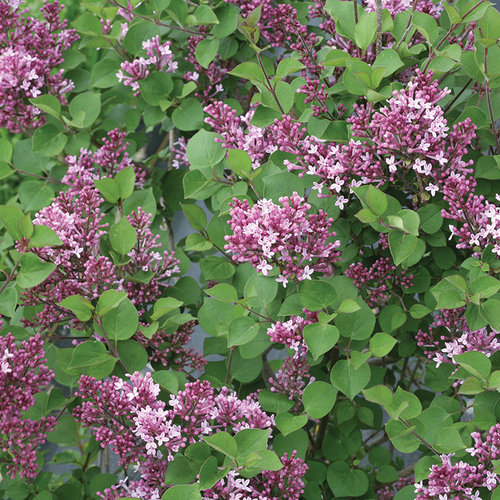
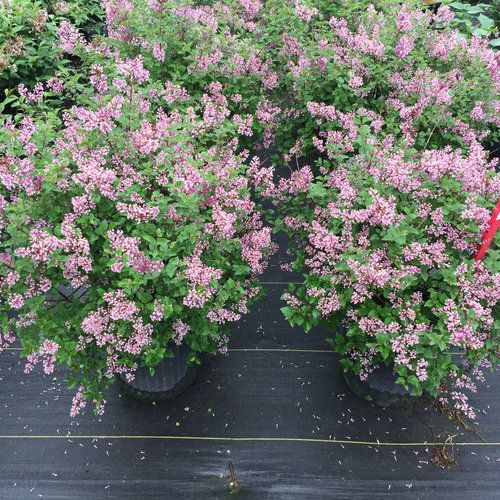
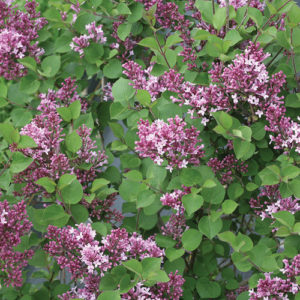
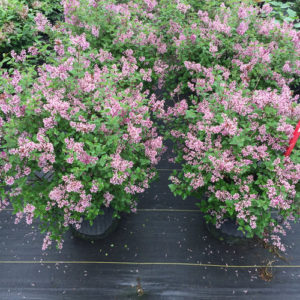
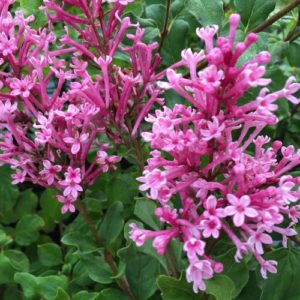
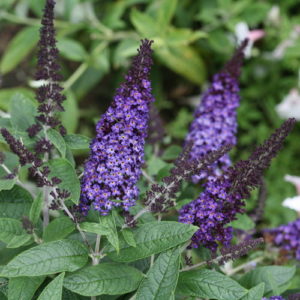
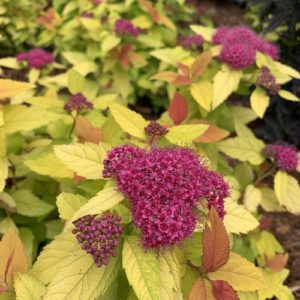
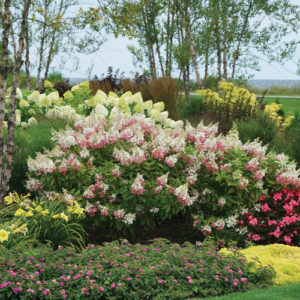
Reviews
There are no reviews yet.